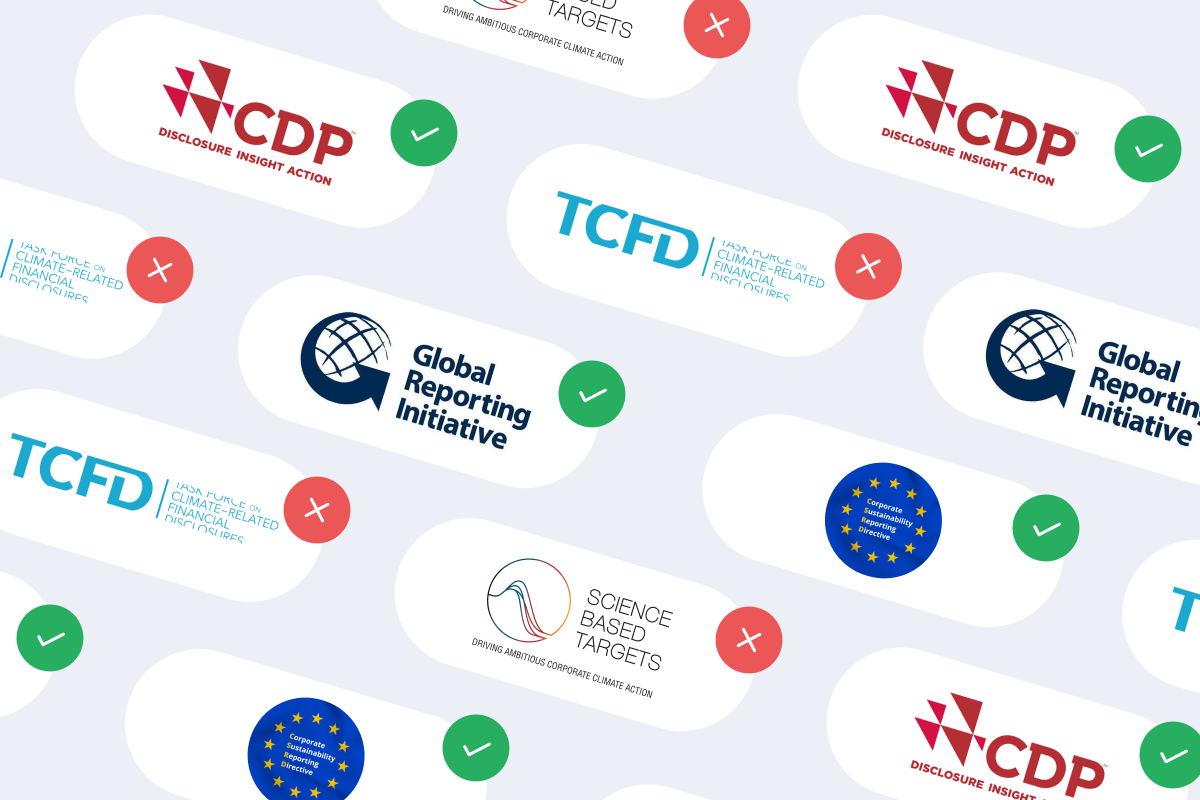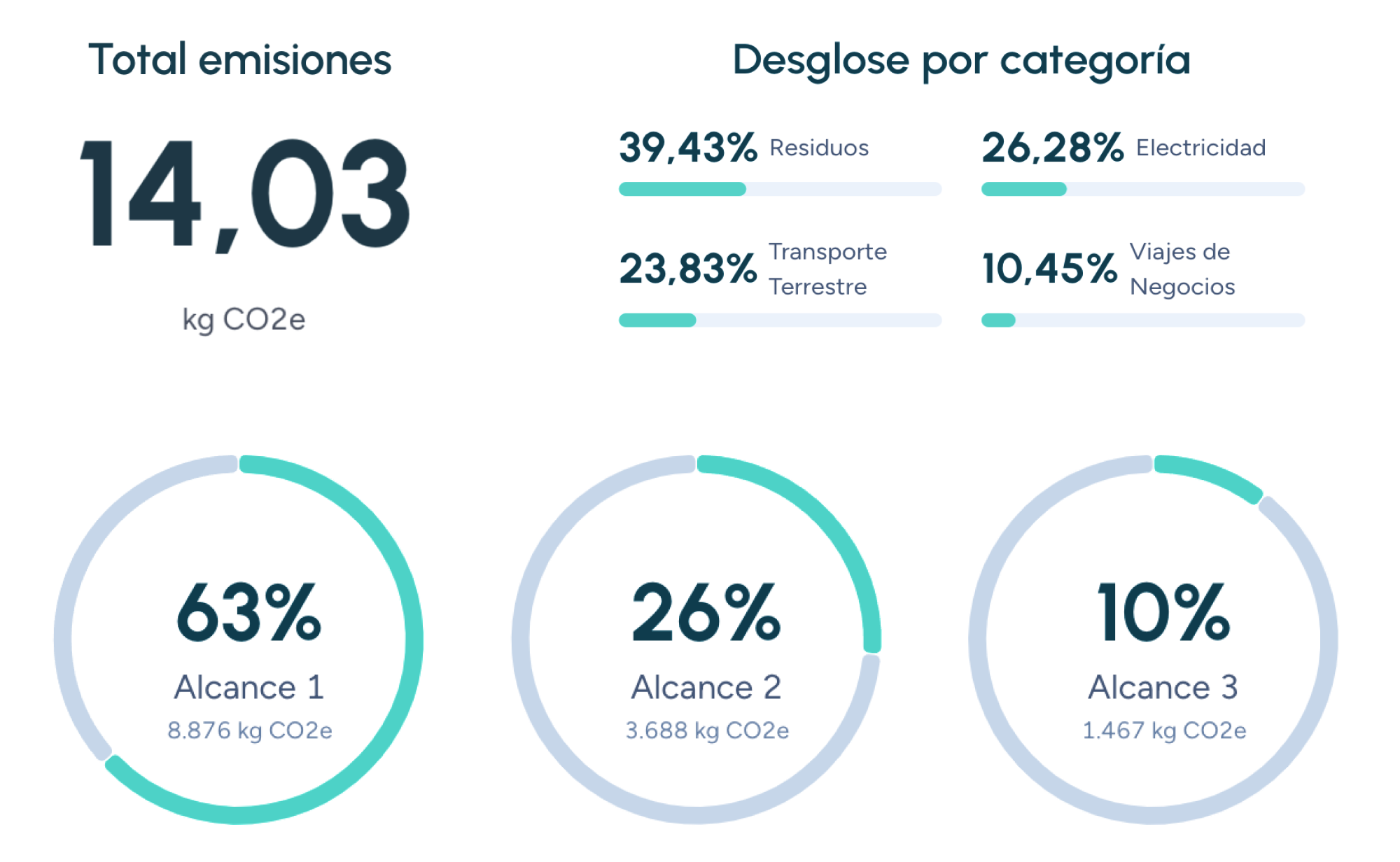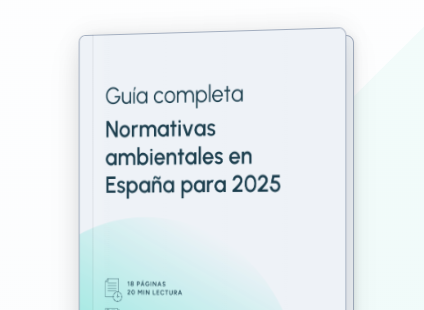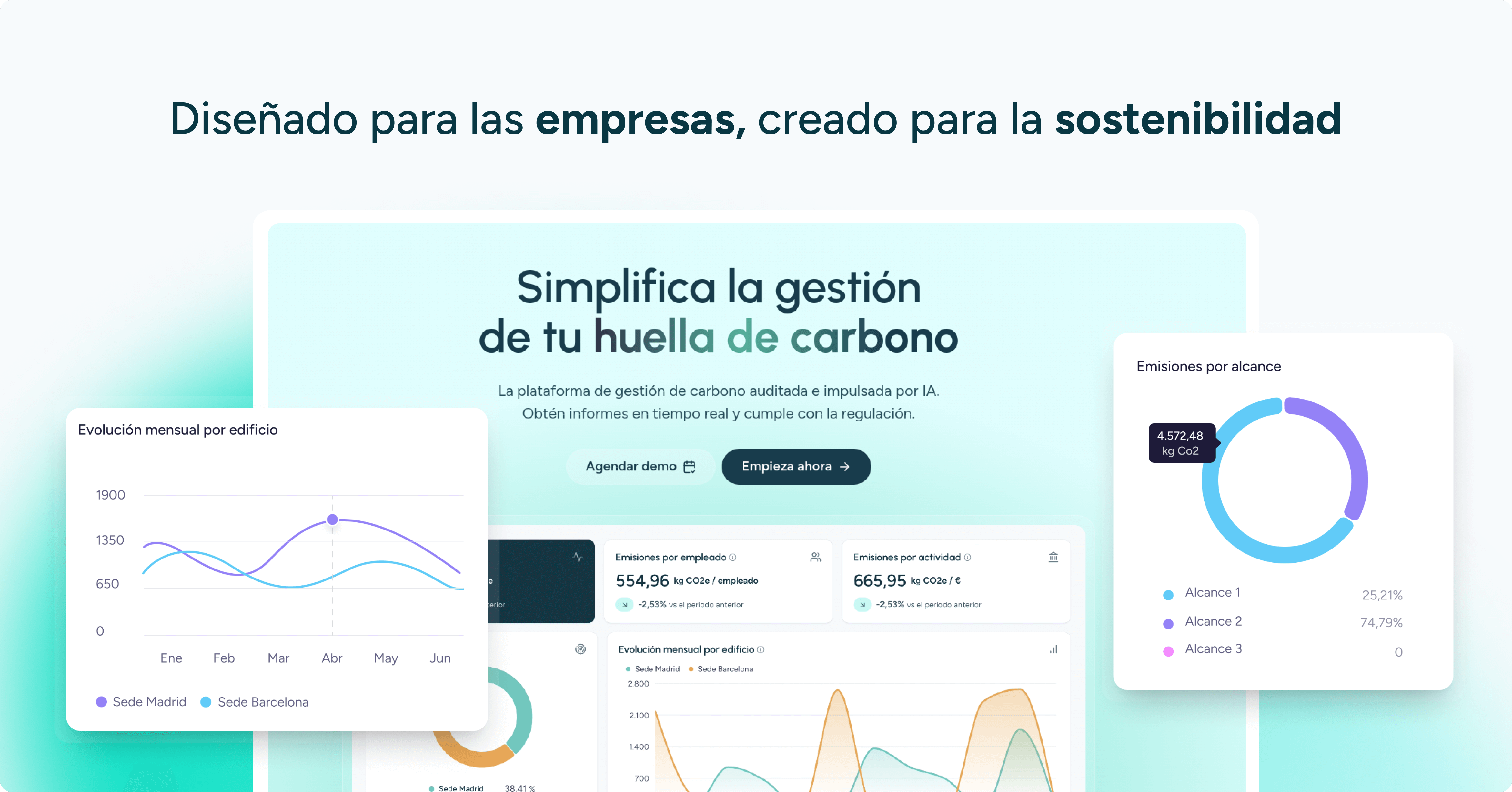Corporate water footprint
The corporate water footprint is a metric that measures the total volume of freshwater used by a company, considering both direct consumption in its operations and indirect consumption throughout its supply chain. In a context of increasing global water scarcity, the water footprint has become a key sustainability indicator. It helps organisations identify risks, design efficiency strategies, enhance their reputation, and comply with environmental reporting frameworks and regulations.
This concept, initially developed by the Water Footprint Network, has evolved to integrate into international standards such as ISO 14046:2014, which defines the requirements for water footprint assessment in products, processes, and organisations.
Definition
The corporate water footprint represents the total water consumed and polluted across all stages of business activity. It is broken down into three components:
– Blue water: surface and groundwater used in production processes (e.g., irrigation, cooling).
– Green water: rainwater stored in soil and incorporated into products (e.g., agricultural crops).
– Grey water: volume of water required to dilute pollutants to safe levels.
Strategic importance
– Risk management: identifies vulnerabilities in the supply chain.
– Operational efficiency: reveals inefficiencies in water consumption.
– Corporate reputation: transparency in water use improves credibility with customers and investors.
– Regulatory compliance: facilitates adaptation to expanding environmental regulations.
– Sustainable investment: aligns with ESG (Environmental, Social & Governance) criteria.
Regulation and reference frameworks
– ISO 14046:2014 – International standard for water footprint assessment.
– GRI 303 – Water & Effluents: corporate reporting framework.
– Carbon Disclosure Project (CDP Water): global questionnaire on water management.
– EU Water Framework Directive (2000/60/EC): key European regulation.
– Sustainable Development Goals (SDGs), particularly SDG 6 on clean water and sanitation.
How to calculate a corporate water footprint
- Scope definition
– Direct operations (offices, factories).
– Supply chain (agriculture, transport, suppliers).
– Product use and end-of-life. - Data inventory
– Water consumption by process.
– Sources of supply.
– Effluents and pollutant loads. - Impact assessment
– Use of indicators such as the Water Stress Index (WSI).
– Local basin-level risk analysis. - Interpretation and communication
– Internal and external reporting.
– Certification and third-party verification (e.g., ISO 14046).
Benefits for companies
– Cost reduction: lower water use results in energy and financial savings.
– Greater resilience: improved preparedness for droughts and regulatory constraints.
– Market access: customers increasingly value sustainable practices.
– Competitive advantage: differentiation from less committed competitors.
Current challenges
– Accurate measurement: difficulty gathering reliable data across the value chain.
– Standardisation: methodological differences across reporting frameworks.
– Strategic integration: still often seen as compliance rather than opportunity.
– Supplier collaboration: water use hotspots often lie in agricultural supply chains.
Relation to the circular economy
The corporate water footprint aligns with circular economy principles by driving companies to:
– Reduce water consumption.
– Reuse treated wastewater.
– Recirculate water in industrial processes.
– Innovate products that require less water during use.
The corporate water footprint has become an essential indicator for companies seeking to manage risks, improve competitiveness, and transition toward sustainable production models. Ultimately, measuring the water footprint is not only an obligation but a strategic opportunity to create environmental, economic, and social value in a world where water is increasingly a critical resource.
Companies that already trust manglai





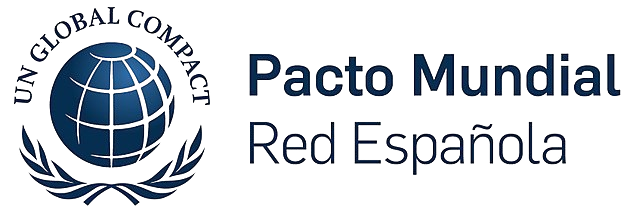








Cumulative Environmental Impact
Explore Cumulative Environmental Impact, a key concept for assessing sustainability and managing the environment, encompassing all effects of an activity throughout its life cycle.
CBAM: EU Carbon Border Adjustment Mechanism
Analyse how the EU taxes imports according to their carbon footprint, the sectors affected, and the steps companies must take to prepare for 2026.
COP (Conference of the Parties)
The COP (Conference of the Parties) is the supreme decision-making body established under the United Nations Framework Convention on Climate Change (UNFCCC).
Guiding businesses towards net-zero emissions through AI-driven solutions.
© 2025 Manglai. All rights reserved
Política de Privacidad